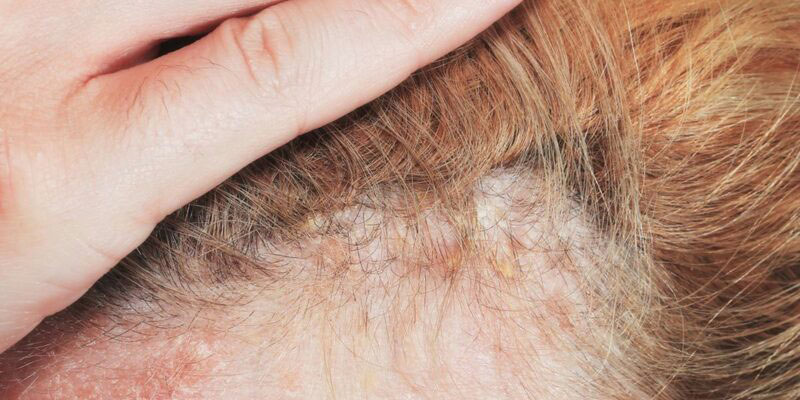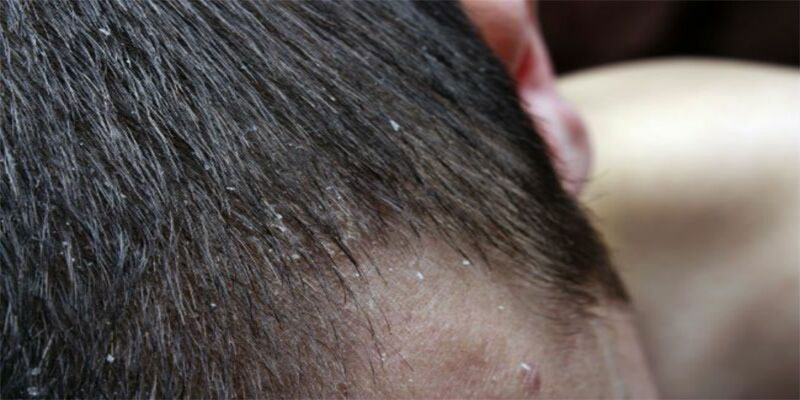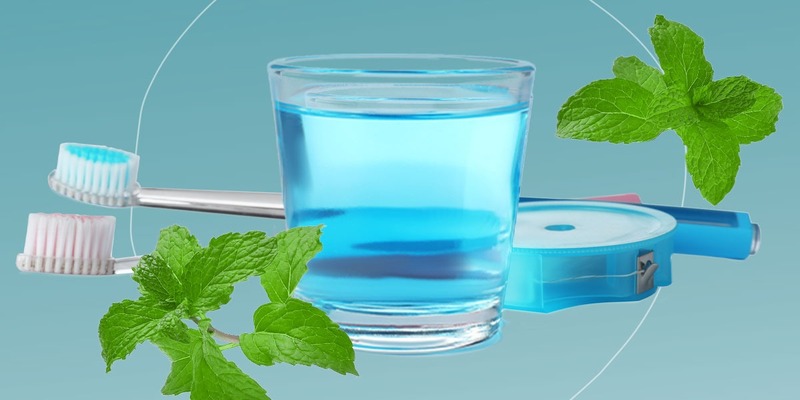
How To Deal With Scalp Psoriasis
Dec 04, 2022
What To Do About Scalp Psoriasis? Psoriasis of the scalp is a common skin condition. It might have a varied appearance on various skin tones. Rough, reddish, or salmon-colored bumps covered in white scales are a common manifestation of this condition in people with fair to medium complexion. Those with deeper skin tones may see purple spots and gray scales. It might manifest as a single spot, a cluster, or the whole scalp. The infection may also extend to the inside of the ears, including the back of the neck and, indeed, the forehead. Head and scalp psoriasis cannot be transmitted from person to person. Like other forms, its root cause is a mystery. The abnormal proliferation of skin cells that characterizes this condition, which doctors attribute to an impaired immune system, results in the characteristic patchy distribution of its symptoms. A family history of psoriasis on the scalp might increase your risk of developing the condition.
What Are The Signs And Symptoms Of Scalp Psoriasis?
Psoriasis of the scalp produces redness and scaling, which may spread to other areas of the body, including the hairline, forehead, ears, and neck. Scaling on the scalp may vary from hardly noticeable to severely crusty and thick. It's possible to have temporary hair loss during an outbreak, but in most instances, your hair will return when the flare-up passes. Psoriasis symptoms include itchiness, a tight feeling on the scalp, and sometimes the pain from fissures in the skin.
What Are The Available Treatments Of Scalp Psoriasis?

Although there are numerous effective treatments for scalp psoriasis, it frequently takes a mix of therapies working in tandem to alleviate the condition. Always keep treating the scalp, even if hair loss has already occurred. Once the irritation and scaling have subsided, hair often comes back. Treatments may be time-consuming, so enlisting a helping hand may be a big time-saver. It's essential to choose one that works with your schedule, whether that means doing intense treatments somewhat on the weekend when you'll have more downtime or another time of the week. Although psoriasis cannot be cured, its symptoms may be managed effectively. Adequate management of the plaques may take up to eight weeks to achieve. Psoriasis treatment should ideally be done once a day while the condition is active.
Risk Factors And Their Causes
However, the root cause of psoriasis is still unknown. They believe it happens when the immune system of a person is compromised. However, psoriasis symptoms are most often seen on the scalp. Two big studies published in 2016 found that 45–56 percent of persons with psoriasis throughout the United States also suffer from scalp psoriasis. According to research done in 2014, mostly by Asia Scalp Psoriasis Research Group, between seventy-five and ninety percent of people living with psoriasis also have scalp involvement. Psoriasis patients may have elevated T lymphocytes and neutrophils, two kinds of white blood cells. T cells defend the body from outside invaders by moving from place to place and attacking germs and viruses. Quite so many T cells may cause the body to overproduce skin and white blood cells and start attacking healthy cells through mistakes.
How To Cure Psoriasis On The Scalp At Home

Symptoms may be alleviated with home remedies, but they are not meant to replace medical treatment. The following at-home therapies may be helpful in cases with mild to severe scalp psoriasis. It might be helpful to talk to your doctor before commencing home therapy, particularly for more extreme types of the ailment.
Conclusion
Scalp psoriasis, as the name implies, is psoriasis of the scalp. Psoriasis, mostly on the scalp, is quite prevalent, affecting almost half of all people with psoriasis. Psoriasis of the scalp is also common in children. Care for children will resemble that given to adults in many ways. Psoriasis on the scalp is notable because it is more difficult to cure and often calls for specially tailored therapies. Psoriasis upon the scalp occurs in the same manner as on other regions of the body, but somehow the hair traps the scales of skin, and therefore it does not rub completely as it would, for instance, somewhat on an elbow. Due to the rapid accumulation of scale, the thickness of the plaque increases, making it more difficult to remove. A further obstacle is the presence of hair, which physically prevents the administration of lotions and ointments to the afflicted area.





